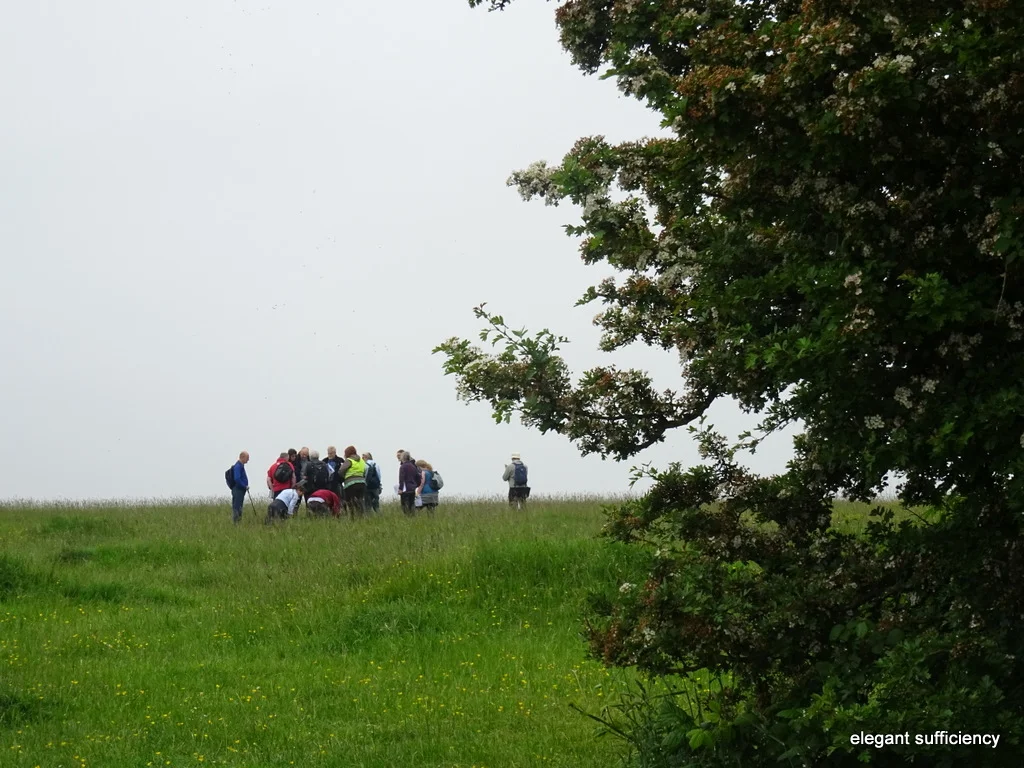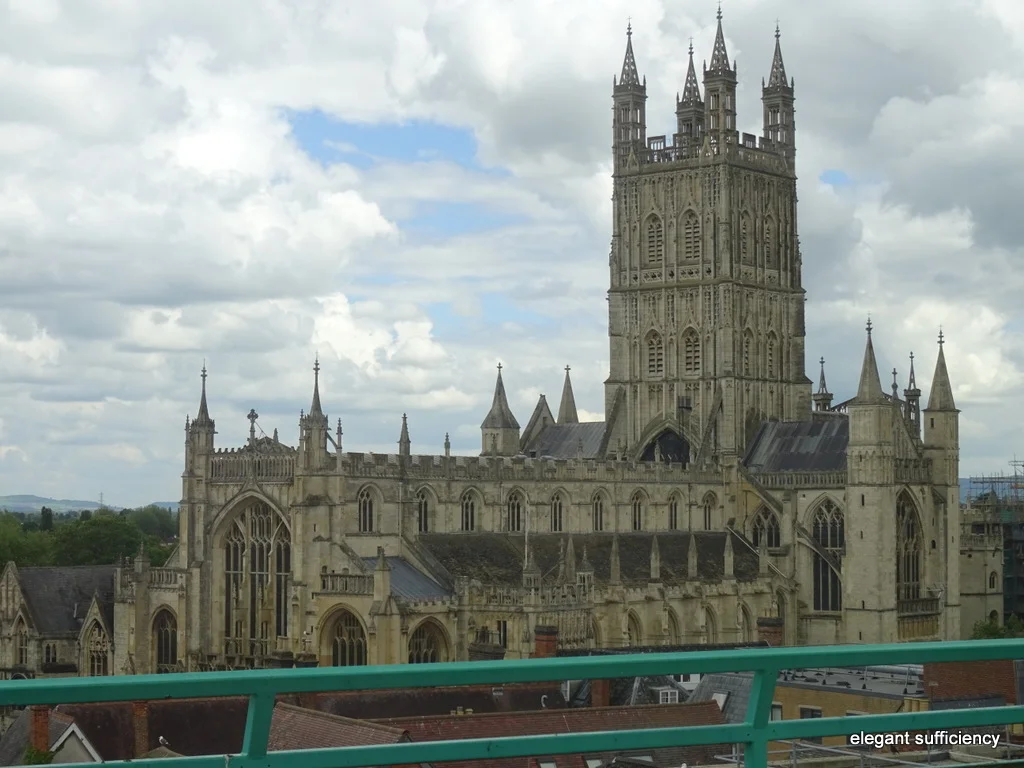Old or new?
Sorry for continuing that particular meme, but as I was falling asleep last night, my mind was reviewing the day’s activity and I found the events classified nicely.
A Bank Holiday Weekend approached and with no particular plans and no essential shopping to be done, a sunny Saturday beckoned and offered all kinds of options. What shall we do? My Hero came up with a suggestion along with my early morning tea, “How about Compton Verney? There’s a Shakespeare exhibition on there right now”. OK, so Shakespeare isn’t something which would normally inspire me, but safe in the knowledge that there would undoubtedly be something of interest there, we set off.
(caption: RSC prop – throne used by various kinds in a number of RSC productions)
No photographs allowed in the galleries, so I’ll simply link to the main website, a description of the exhibits here (almost word for word from the catalogue) and this review which accurately describes our thoughts and experience of what we both thought was a spectacular exhibition. From the minute we stepped inside we appreciated the multi-sensory approach. I’d spotted the Farrow and Ball colour swatches on the wall already, wondering the significance of such a thing before realising that the innovative exhibition design was all part of the show. I realised that we were walking on creaky boards in that first “Tempest” room, without making the connection to the deck of a ship and sadly, I didn’t spot the tide mark mentioned in the review.
(caption: RSC prop – David Tennant’s chair from 2013 production of Richard 11)
But once in the groove, we were captivated by the scene-setting, curious about the designer’s thinking and would have appreciated more background to the show to read and reflect upon later. Still, the capable and ever-enthusiastic Compton Verney staff are always on hand to offer insight and interesting detail and on more than one occasion, we enjoyed a lively conversation.
(caption: RSC prop – net from 2006 production of The Tempest)
Highlights for me include the installation “Ophelia’s Ghost”, a life-sized projection into a pool of water, eerily lit and complete with bubbles! I liked the atmospheric setting for Macbeth, with aluminium walls, spooky lighting and a strange chill in the air, peculiar to that small corner. But most of all, I really loved the multi-sensory approach, with varied soundscapes (including the amazing performance poet, Kate Tempest, rapping her RSC commissioned What we came after, inspired by The Tempest) the rich colour palettes and atmospheric lighting which induced mood changes and brought the theatre into the gallery. Very clever indeed!
Another, supplementary exhibit was of incredible etchings and prints from John Boydell’s Shakespeare Gallery which opened in 1789. Fascinating, but by then, I was getting hungry (and I still had to visit my favourite Shang dynasty vessel in the Chinese gallery, too)
The props in the photos above, by the way, were taken in the Compton Verney shop, where a few highlighted accessories from the RSC prop box proved to be conversation points!
So after a spot of lunch, what’s to do? Go home or go somewhere else? A signpost at the first roundabout gave the answer. Charlecote Park, 4 miles.
I’ve written here recently about how the National Trust is changing. How a fresh outlook is being brought into the properties, enhancing the visitor experience and increasing the accessibility in all senses of the word. I’ve wondered about this and though I can hear the words “dumbing down” somewhere in the background our recent experiences at Hardwick Hall and Upton House have proved the effectiveness of this approach.
So first impressions at Charlecote were good. Here we were in the gatehouse, taking in the background of the Lucy family and looking forward to learning more inside.
It appeared the house was “set” in 1845, when the Lucys had just returned from their Grand Tour (which probably didn’t include New York) and brought back a few decorative souvenirs, probably not including these cushions!)
One of the first rooms to visit is the Dining Room, where in good old National Trust tradition, the table is set and roped off. There’s little or no explanation of what’s going on, but there in the window is an altogether simpler, small table set with a few things.
Here is a somewhat half-hearted attempt to recreate “Mrs Beeton’s Dinner for 10 Guests Dining in May”. Was this in 1845? Who knows?
Beyond a short description of each of the (four) people sitting at the table, there’s no further background or information but there is a bowl of wine gums as a reward for getting this far.
Lacking the motivation to spend the whole afternoon “discovering the further treasures within the walls”, we stepped back into the sunshine and made our way around to the gardens.
On such a glorious afternoon, there was no better place to be.
Except at home, perhaps












